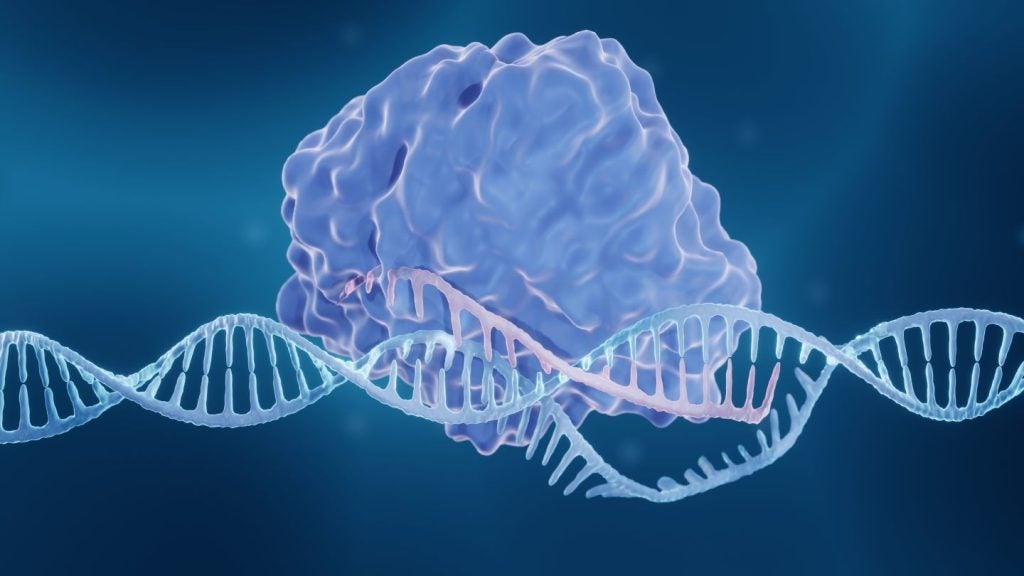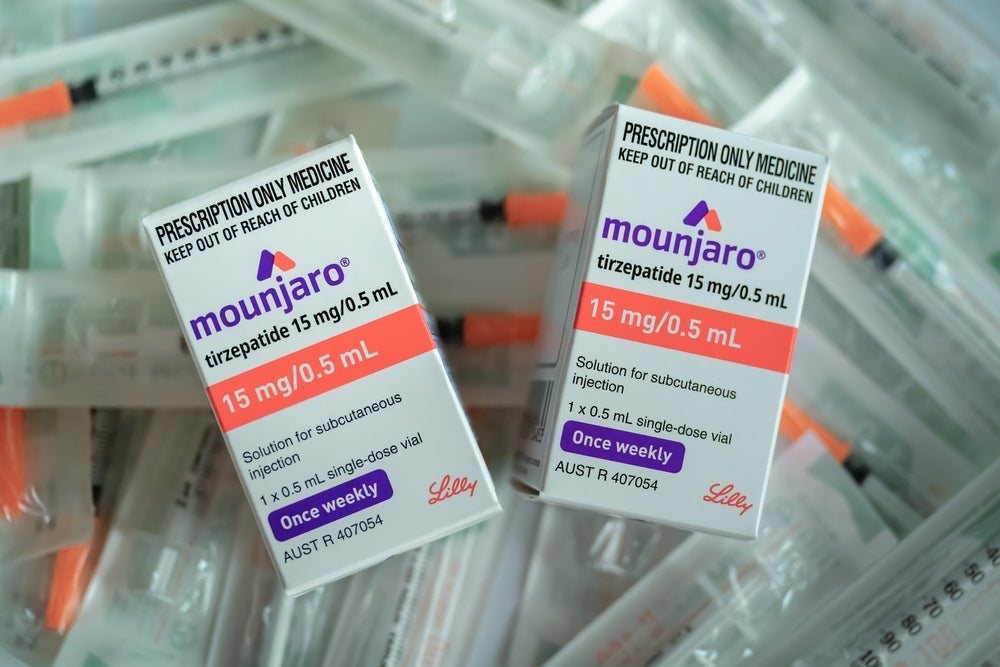The Chordoma drugs in development market research report provides comprehensive information on the therapeutics under development for Chordoma, complete with analysis by stage of development, drug target, mechanism of action (MoA), route of administration (RoA), and molecule type. GlobalData’s report assesses key aspects of the companies and drugs in development for Chordoma. Buy the report here.
The report also covers the descriptive pharmacological action of the therapeutics and the latest news and press releases. Additionally, the report provides an overview of the key players involved in therapeutic development for Chordoma and features dormant and discontinued products.
GlobalData tracks 28 drugs in development for Chordoma by 25 companies/universities/institutes. The top development phase for Chordoma is phase ii with 15 drugs in that stage. The Chordoma pipeline has 28 drugs in development by companies and 0 by universities/ institutes. Some of the companies in the Chordoma pipeline products market are: Pfizer, Release Therapeutics and Bristol-Myers Squibb.
The key targets in the Chordoma pipeline products market include Programmed Cell Death Protein 1, Vascular Endothelial Growth Factor Receptor, and Vascular Endothelial Growth Factor Receptor 1.
The key mechanisms of action in the Chordoma pipeline product include Programmed Cell Death Protein 1 Antagonist with four drugs in Phase III. The Chordoma pipeline products include 12 routes of administration with the top ROA being Intravenous and five key molecule types in the Chordoma pipeline products market including Small Molecule, and Monoclonal Antibody.
Chordoma overview
Chordoma is a rare type of bone cancer that occurs in the bones of the spine or the base of the skull. It begins in cells that once made up structures in the developing embryo that then developed into the disks of the spine. Most of these cells are gone by the time of birth or soon after, but sometimes a few remain and, rarely, they can become cancerous. Chordoma happens most often in adults between 40 and 60, though it can happen at any age. Chordoma usually grows slowly. It can be difficult to treat because of proximity to the spinal cord and other important structures, such as arteries, nerves, or the brain. The diagnosis of chordoma is done through tests and procedures such as biopsy and imaging tests. Treatment options for chordoma include surgery, radiation therapy, radiosurgery, and targeted therapies.
For a complete picture of Chordoma’s pipeline drug market, buy the report here.
Data Insights
From

The gold standard of business intelligence.
Blending expert knowledge with cutting-edge technology, GlobalData’s unrivalled proprietary data will enable you to decode what’s happening in your market. You can make better informed decisions and gain a future-proof advantage over your competitors.







